Search Results
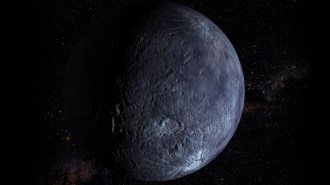
This Dwarf Planet Hosts an Odd Ring
In science, the exceptions offer researchers a chance to think differently about a concept they thought they understood. In this Guide, students will learn how astronomers use a concept called the Roche limit and how a ring around a dwarf planet does not follow the Roche limit rules.
Why doesn’t this dwarf planet follow the rules about rings?
Students will answer questions about the online Science News article “The Kuiper Belt’s dwarf planet Quaoar hosts an impossible ring,” which describes a recent astronomical discovery that is completely counter to what scientists expected to see. A version of the article, “This dwarf planet hosts an odd ring,” appears in the March 11, 2023 issue of Science News.
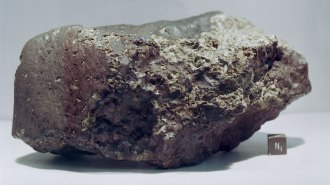
Meteorite’s Organics Aren’t Signs of Life
In this guide, students will learn about the origin of organic material found inside a meteorite from Mars and discuss how new evidence can be used to reevaluate scientific claims.

Chemistry that’s out of this world
Students will answer questions about the online Science News article “Organic molecules in an ancient Mars meteorite formed via geology, not alien life,” which describes new research into the origin of organic material found in a space rock. A version of the article, “Meteorite’s organics aren’t signs of life,” appears in the February 12, 2022 issue of Science News.
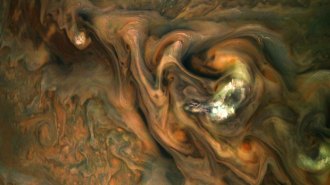
Physics Helps Alien Rain Stay In Shape
In this guide, students will learn how the laws of physics shape rain on other planets and explore how molecules interact within alien raindrops.
Sizing up alien rain
Students will answer questions about the online Science News article “How the laws of physics constrain the size of alien raindrops,” which explores a new model for rain on planets across the Milky Way. A version of the story, “Physics helps alien rain stay in shape,” appears in the May 8, 2021 & May 22, 2021 issue of Science News.
Modeling molecules in alien rain
Students will compare and contrast rain on Earth with rain on other planets and practice drawing molecular structures of various rain substances to examine the substances' physical and chemical properties. Students will use that information, along with the planetary conditions needed to form rain, to create a short weather forecast for one planet.
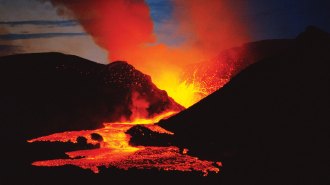
Shaking up Earth
In this guide, students will learn about the development of the theory of plate tectonics and discuss how scientific theories are formed.
Earth on the move
Students will answer questions about the online Science News article “How the Earth-shaking theory of plate tectonics was born,” which explores how scientists formed the theory of plate tectonics. A version of the story, “Shaking up Earth,” can be found in the January 16, 2021 issue of Science News.
The hunt for other worlds
Students will research exoplanets and their properties and detection methods. Then students will use fictitious data to create a light curve of a transiting exoplanet and to calculate the exoplanet’s motion through its solar system.
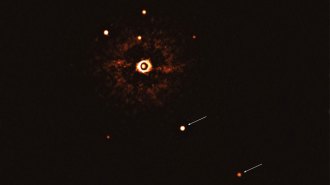
A Weird Solar System Cousin Makes Its Photographic Debut
In this guide, students will examine a photograph of a distant solar system, learn how astronomers captured the image and learn about the system’s inhabitants. Students will then discuss units of measure and create a scaled drawing of the distant solar system.
Capturing an exoplanet family portrait
Students will answer questions about the online Science News article “This is the first picture of a sunlike star with multiple exoplanets,” which describes a young solar system 300 light-years from our own. A version of the story, “A weird solar system cousin makes its photographic debut,” can be found in the August 29, 2020 issue of Science News.